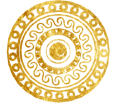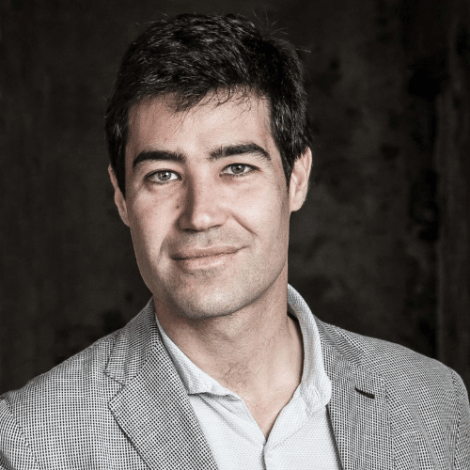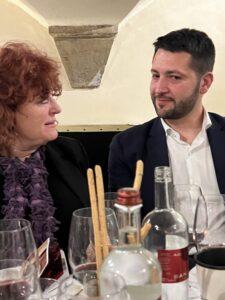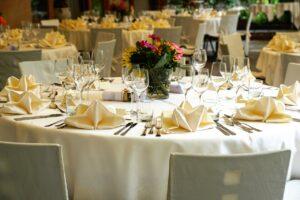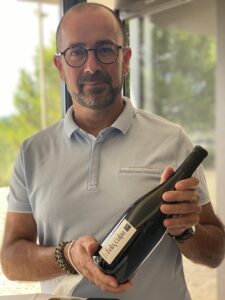Recently, I attended two brilliant presentations from Gabriele Gorelli, Italy’s first Master of Wine.
Both presentations were given to international journalists attending Anteprime di Toscana, celebrating the wines of Tuscany.
I’d been so impressed by how Mr. Gorelli delivered his message to such a diverse group, I asked him his secrets.
What he reveals will be valuable to members of the wine trade: distributors, educators, and sommeliers who must educate the staff on wine.
This particular interview was based on the way he assembled several Vernaccia wines from the classic World Heritage Site San Gimignano
Question: Gabriele Gorelli, how can presenters work with the consortium, sponsors, or a chef to understand the key points to be communicated in a live wine tasting presentation?
I always like to make a two-step assessment.
One assessment would be done via a call with the Consortium’s board or marketing commission and the second made through paying a visit to the appellation.
This appellation visit assists in understanding its peculiarities, and talking to the producers.
I always try to get the commonalities from everyone’s ‘interview’ and put the mutual endeavors / opportunities ahead of everything else.
Especially in Italy, there’s often a sort of disconnection between the generic bodies communication points and the actual distinguishing factors that an area/appellation could have on international markets.
It is a matter of extracting the actual values and their order from stakeholders and the location itself.
The presentation shouldn’t be ‘personal’ yet have a personality!
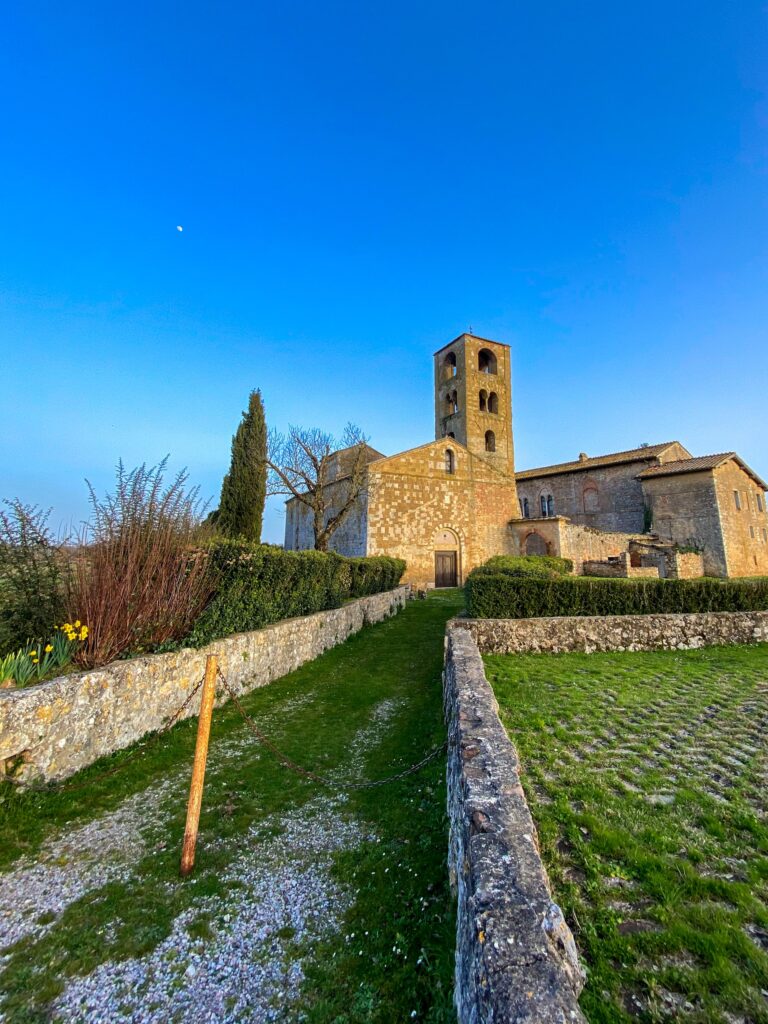
Question: How do you select the appropriate wines, and number of wines to be tasted?
Most of the sessions I do are aimed to specialized press or trade players.
Often these sessions are fitted into other tasting (mainly walk-around) contexts which makes for a tight focus on timing.
There’s a confluence of factors that should be taken into account when planning these seminars.
One of my mantras is that these seminars should not exceed 60 to 75 minutes.
Longer sessions might lead to a drop in audience attention. Or attendees might think that they’re losing time or not optimizing enough their day.
This timeframe fits the number of wines to be tasted which should rarely exceed 12 samples.
The order of wines, and the important element of each individual wine, should be made in such a way that there’s always a take-home message for the attendees.
I usually taste an array of ‘available’ wines blind and then decide what should be presented based on the ‘compare and contrast’ technique.
I like to have one sample next to another that brings a contrasting element to better shade light on commonalities.
I attended many tasting where the presenter used half of his/her time to frame the situation, talk about the appellation, rules, varieties…
The thing is: if you don’t taste while you’re being told this information it is very unlikely that you are going to store these key points in your memory. That’s the whole point of conducting a tasting masterclass.
As a result, I like to take the opportunity from each presented sample to cover a different aspect that concerns the territory, the rules, the variety, or the vintage variation.
I really feel an improved level of attention of the public when doing so.
The topics and the depth of analysis should always be adapted to the interest of your specific audience.
Marisa D’Vari says: Thank you so much, Mr. Gorelli!
